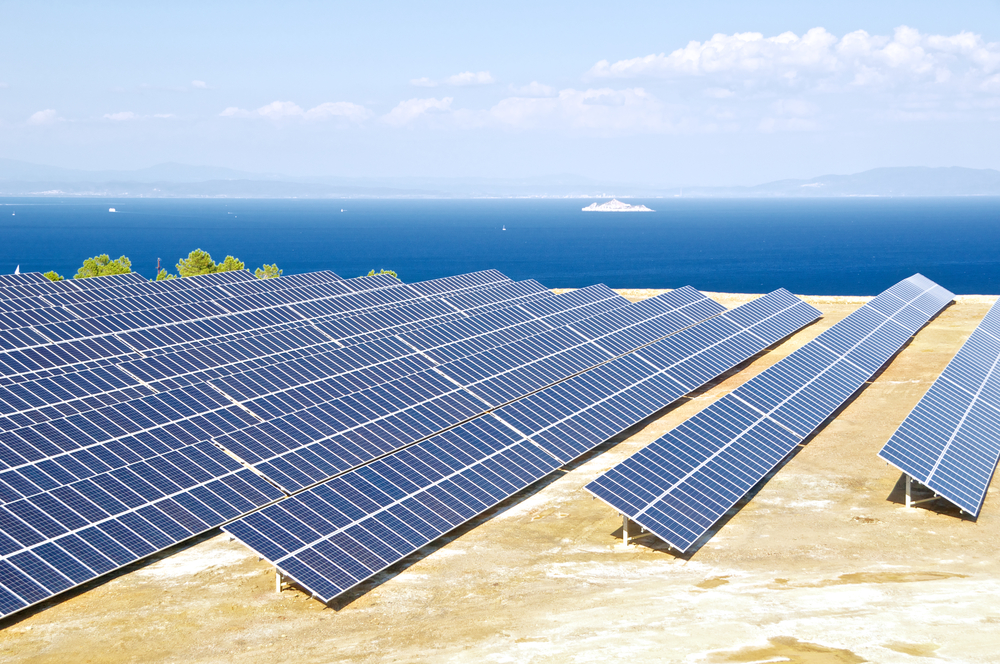Trends and Future of Solar Design in the Construction Industry

The construction industry is intricately connected with solar energy. The fastest-growing alternative energy has now become a requisite, fueled by climate change and growing carbon dioxide emissions. With the global solar capacity increasing to 398 GW (compared to 0 GW in 2000), solar energy holds strong implications for those in construction.
Today we are going to look at the trends shaping the future of solar design in construction. Being aware of the trends helps you stay a step ahead of your competitors and grab the market!
Solar becomes a part of Green Design
Over the globe, there has been a strong push for energy-efficient, zero-emission buildings. Places like California has mandated all residential buildings to be net-zero by 2020, and commercial buildings by 2030.
As buildings grow greener, solar will become an integral part of constructions that generate their own energy. As a result, solar will be an important aspect of new building designs.
Profit Margins from Solar Can Increase
Solar is now more efficient, simple to install and most importantly, far less costly. In 1977, it would cost $76 per watt to install a solar panel. A year later, prices dropped to $60; another year later, prices hit $40.
Today, the average cost of solar panels is less than $1 per watt.
The plummeting installation prices can give a boost to your profit margin. Though, you shouldn't expect much, as consumers also expect solar designs to be affordable.

Uncertainty of Policies is Limiting Solar Growth
Let's admit it; regulations are a major concern for the solar industry. A new president can mean a change in policies introduced by the predecessor. The uncertainty of energy regulations had haunted the industry in 2017 and is still quite persistent.
Some people are also apprehensive about the solar tax credit, which lets you deduct a part of your solar costs from taxes. The government may also change the rebates given on solar installations in some cities.
New York and New Jersey show how favorable regulations can spur the growth of the solar industry. On the other hand, Nevada with ample sunshine, proves how regulation can slow down a growing market.
Our advice, don't depend too much on green incentives!
Push for Energy Storage
Supplying energy round the clock has remained a challenge for solar designs. Now more homeowners and business owners are looking for storage solutions for 24/7 power supply.
Private contractors can expect more orders for small to large-scale storage facilities in the coming days. You should also stay updated on technology as those systems use the Internet of Things (IoT).
The Future of Solar Design
The construction industry will have to keep a sharp eye on regulations to make the most of their solar designs. The trick would be to stay flexible so that you can adapt quickly to any change.
The demand for solar is not going down, and expected to grow cumulatively at an average of 8%. You can expect more aware clients who mandate solar as a part of their project. Ultimately, construction will play a big part in the adoption and growth of solar energy designs.

Anuj Srivastava
Anuj Srivastava is a principal partner at NY Engineers. He is known for his MEP franchise market knowledge. Anuj is currently leading a team of 100+ MEP/FP engineers and has successfully led over 1500 franchise projects in the US.
Join 15,000+ Fellow Architects and Contractors
Get expert engineering tips straight to your inbox. Subscribe to the NY Engineers Blog below.
